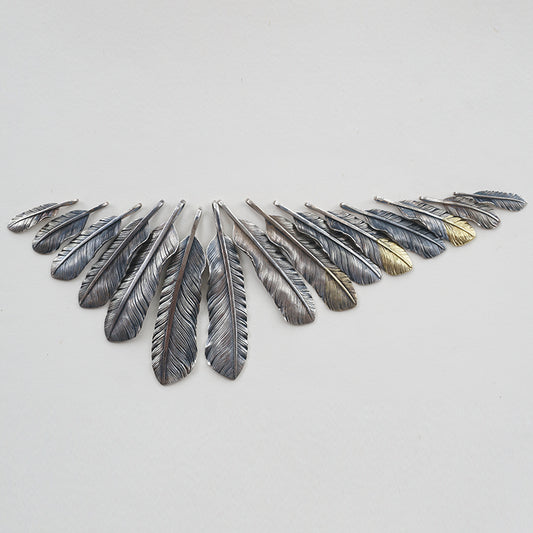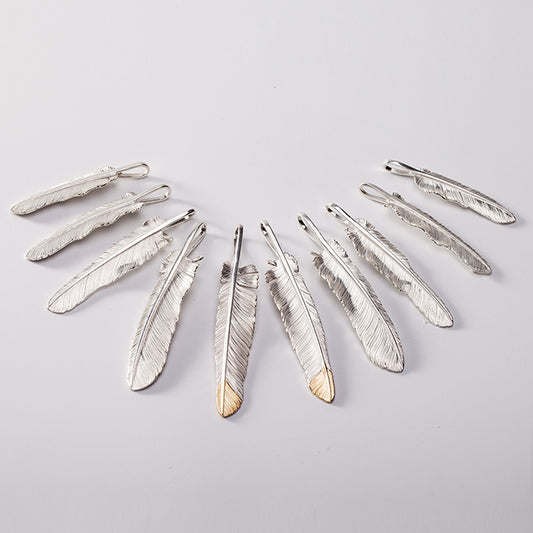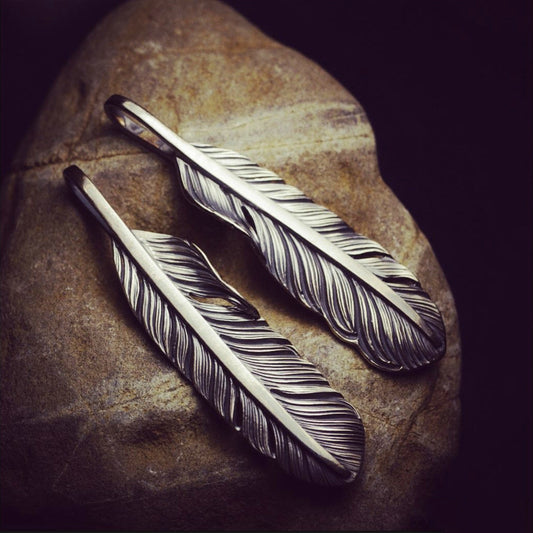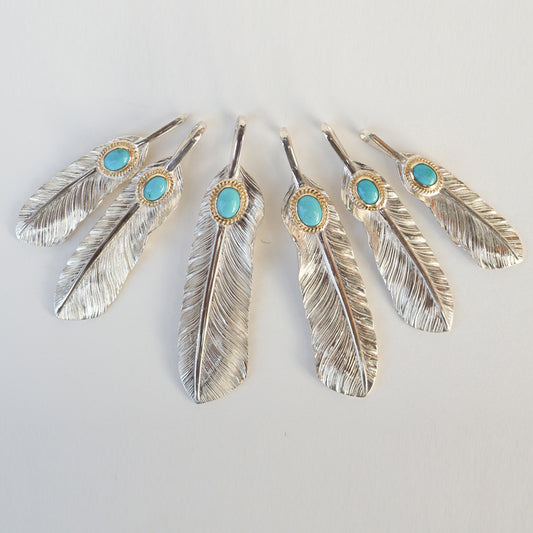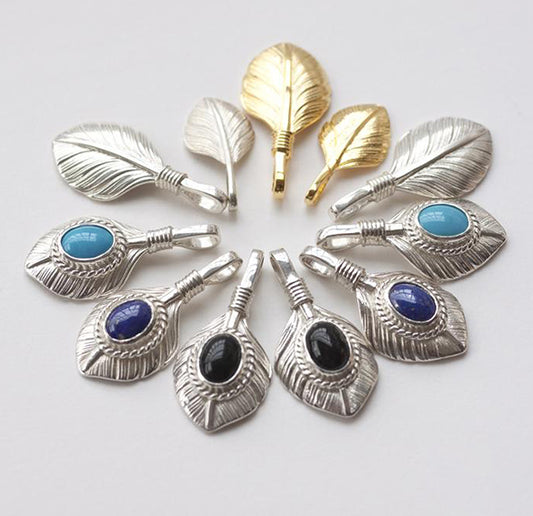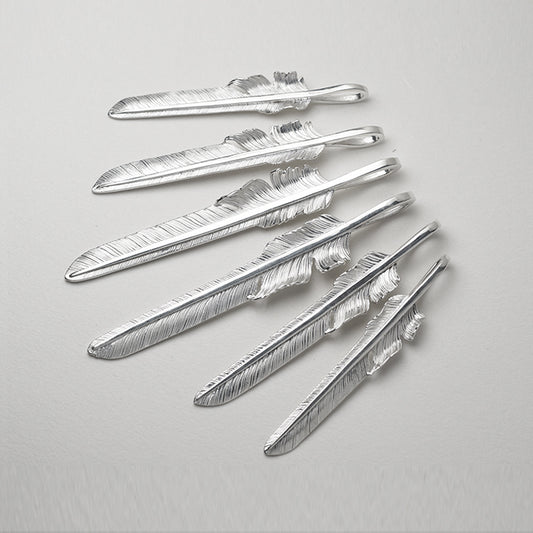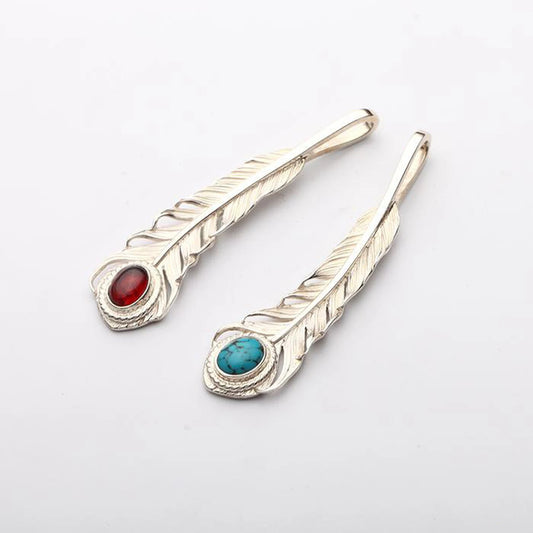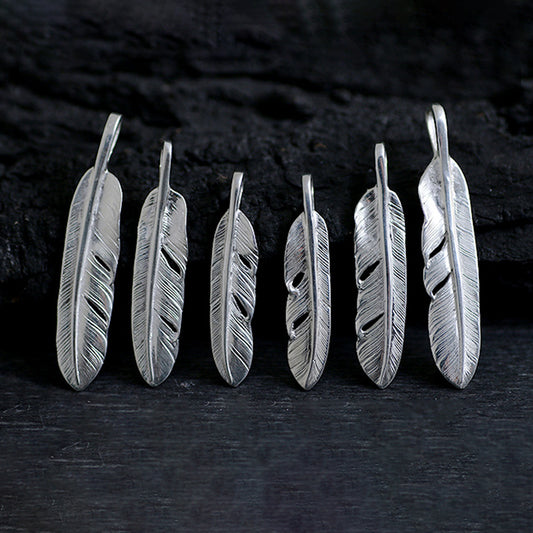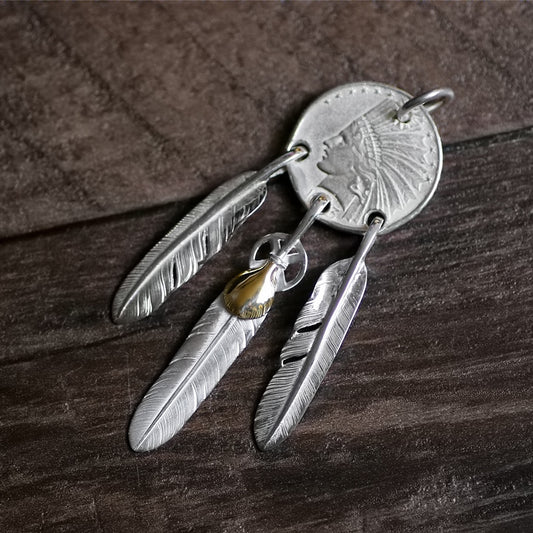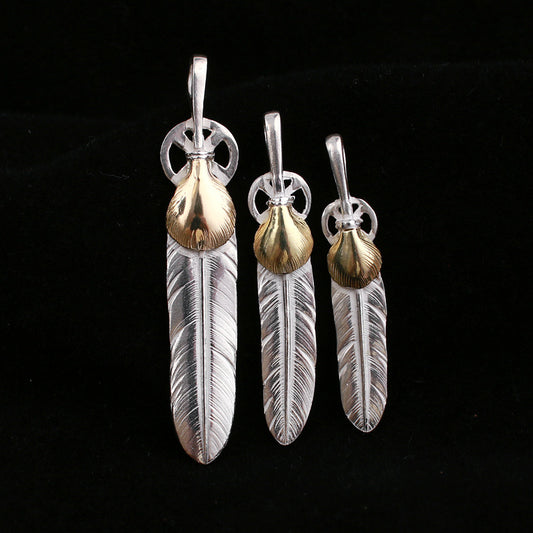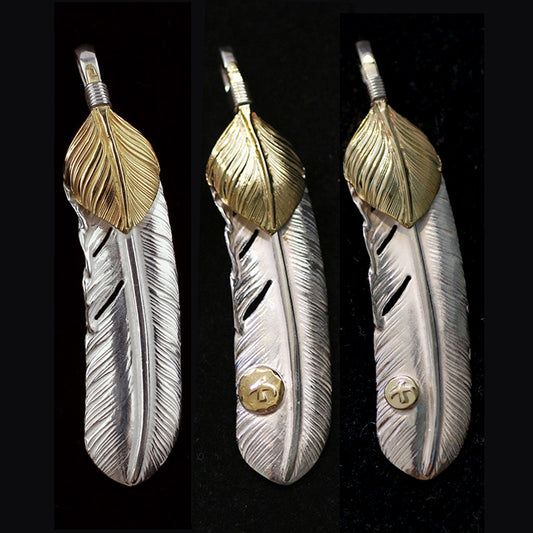The Tokyo store with jewelry you’ll want but probably can’t buy.



While you may not be able to buy anything you want, if anything at all, it can get confusing on how you can even have a chance of getting into the store. Despite upholding pretty much all of their traditional methods of production and selling, Goro’s evolved its purchasing system to a lottery approach. Here’s what you should know and what you need to do if you find yourself interested in acquiring a piece. The store is open every day of the week aside from Wednesday and is located at 4 Chome-29-4 Jingumae, 渋谷区 Tokyo 150-0001, Japan.
1. Although the raffle draw opens at 11 a.m., you need to start getting your place in line around 10 a.m. If you get there early enough and there is space on the metal railing in front of the store, you must sit on it to claim your spot. The line for the raffle draw closes at 11 a.m. so you must be there prior to that.
2. Once the draw is open, staff will go through the line to issue a ticket that identifies if you’re going in alone or as a group (you’ll only be able to draw one ticket if you want to enter collectively as a group).
3. The store staff will then go through the line again to check passports.
4. Once you move up to the front of the store where the raffle is located, you need to press the draw on the iPad which determines the position of entry for you.
5. If you draw a lower number in the range of 1-30, you’ll receive a wristband with your number on and you’ll have the opportunity to enter the store according to your number.
6. After you receive the band, you will have to wait until 1 p.m. which is when the store opens and the first five customers will be able to enter.
7. Goro’s only accepts cash and while prices vary for different pieces, you’ll get an idea of the pricing from a number of online videos.
If you’re out of luck in all your attempts or want to save time, there is also the option of going to shops that resell Goro’s like Rinkan or even Grailed for those that can’t make the Tokyo trip. However, it doesn’t come with the experience of lining up and taking your chances, which most collectors can vividly remember. Moreover, you will be paying a heavy premium of around double for some of the more “regular” pieces or even more for the rare items such as the eagles.
To get a better idea of why Goro’s has developed such an aura around it, we reached out to Marcus Troy and Ian Anton from Richardson on why they gravitated towards the jewelry, as well as to hear some of their experiences in acquiring pieces.
Marcus Troy

“He then proceeded to open up his shirt as if he was Superman and pulled out a silver feather from underneath.”
This is an eight-year-old story of how I discovered the legend of Goro’s. In many ways, Goro’s pieces was omnipresent around me because I always had a few friends around me that collected his jewelry, but I never paid it no mind. One of my friends, Vincent Tsang, wore it around his index finger, and I only noticed it after I had invited him to New York City to work on a Nike project with me. Whenever I find myself in the city, I always try to connect with my friends and acquaintances. At the time, my friend, Ariel, was the concierge of the Tribeca Grand hotel and I had introduced him to Vincent. As they reached out to shake hands, Ariel immediately took notice of his ring and the name “Goros” came out of his mouth. He then proceeded to open up his shirt as if he was Superman and pulled out a silver feather from underneath. The two spent the rest of the evening sharing their stories of how they obtained their Goro’s. I, of course, had no idea what was going on and sat there confused but my curiosity to learn more about the jewelry emerged.
A year later, I traveled to Tokyo with the Project trade show president and menswear guru, Nick Wooster. Our goal was to connect and find brands to work with on PROJECT WOOSTER, a special series that highlighted the undeniable influence Japanese brands has on fashion and the creative industry. Whenever I’m in a city that I’m not familiar with, I like to call upon a “fixer,” which is essentially a person who acts as a guide and takes care of you in any given city. My go-to fixer and friend in Tokyo was Jarrett Reynolds, a designer for Nike who had moved from Portland to Tokyo. He was the guy that would introduce us to the right people, brands and restaurants in the city. When we linked up with Jarrett, around his neck was a gold and silver eagle and feathers! I immediately asked him if it was Goro’s and he proudly said “yes.”
I told him that we had to visit the shop at once because I had to see the shop for myself. Jarrett’s initial reaction was one of apprehension and he continued by explaining that visiting the location is a little more complicated than that. To put it simply, you either a wait hours in line or you walk in with a connection. In this case, the connection would’ve been Hiroshi Fujiwara or Jared’s colleague from Nike, Fraser — both of which were fervent Goro’s collectors. I enthusiastically said I know both of those gentlemen and that if he could be so kind as to make that call for me that would be amazing. Despite this, Jarrett was still hesitant. He even noted that the shopkeepers at Goro’s wouldn’t sell to you if they sensed that your vibe was off. However, this wouldn’t stop me from seeing what this shop was all about. Throughout my week in Japan, we walked by the store in Harajuku and I couldn’t help but gasp at the seemingly never-ending line that occurred everyday. Witnessing this motivated me to get to the bottom of it all.“I’ve never waited for anything in my life but this time I waited seven or eight hours for my second piece of Goro’s.”
When I had a chance to visit the shop, it was our last day in Tokyo and I needed to go. I’m not sure if it was the sheer excitement of finally having the opportunity to go, or the North American mentality of having “everything” readily available, or the lack of understanding of the queuing culture in Japan, but I waltzed right in with no regard. As I walked up those narrow stairs, I had no idea what to expect. When I pushed the door open I walked into a cramped space with a small glass counter by the window. Not knowing where to really start, I inquired about a small feather to which they presented to me with the price tag 10,000 yen. Once I agreed to take it they tied the piece to a leather rope and sent me on my way. At the bottom of the stairs, the Project Show crew, Nick Wooster, and of course, Jarrett looked at my new acquisition with disbelief. Another memento that I took home with me from Tokyo was a Goro’s Vol.1 book that Jarrett had gifted to help fan the flames of my newfound obsession until the next time I returned. As I thumbed through the pages, I began to understand the history and allure of the brand, and why people waited in line for hours just to get their hands on a piece. I told myself that the next time I was in Japan that I would wait in line with everyone else. I’ve never waited for anything in my life but this time I waited seven or eight hours for my second piece of Goro’s. Since then I have made it my mission to acquire a piece every time I visit.


My relationship with Goro’s came full circle when I received an email from a person who was unknown to me. This person turned out to be the jewelry maker’s daughter and she wrote that she had spotted my pieces in an interview that I had done with Nordstrom. She said it made her happy to see someone wearing her father’s jewelry outside of Japan and that we should connect the next time I visited Tokyo. When we had met in person, she recounted her childhood memories of being raised by the famed jeweler and learning about how it all came to be. I’ve been collecting Goro’s ever since and I have introduced some of my closest friends to its amazing craftsmanship and magic.
Ian Anton (Richardson NYC Store Manager)

“Money will allow you to afford anything but to be in the know is priceless.”
My introduction into Goro’s jewelry begins like how most people discover their fascination with the brand — through word of mouth. Goro’s was really my older brother’s interest. My brother, now 36, has been shopping streetwear for the past 20 years, and more recently has been into Ametora — this idea of Japanese/American style. Sharing interest, we would talk about brands such as visvim or Kapital, all brands accessible within the U.S. But then there is Goro’s. This mythical accessory that symbolizes the last frontier of exclusivity.
The first reason for this exclusivity is due to the fact that there is only one store in the world, an orange building located along the streets of Harajuku in Japan. No signs, no e-commerce, no marketing and upon release, one can expect lines and extremely limited quantities of pieces available. Customers are usually only able to purchase one item at a time, if at all. Stories are told that the staff dictate whether an item is suitable to the customer based on merits of personality, respect, appreciation, aesthetic and loyalty to the Goro’s brand.
The second factor that contributes to its mystique is craftsmanship. Each sterling silver piece or leather good is handmade, originally by Goro Takahashi himself until he passed in 2013. It’s an intricate process that is reflected in the price value of each item. Authenticity is key to the appeal of Goro’s. Takahashi first opened his Harajuku shop in 1971. Prior to this, it is said that Takahashi had lived with a Native American tribe in the United States, where he learned the art of engraving silver. The jewelry not only aesthetically resembles traditional Native American style, but reflects the first hand experience of Takahashi’s life among the tribe.





